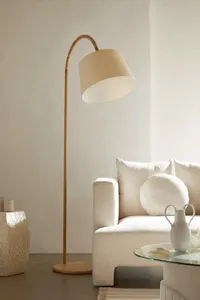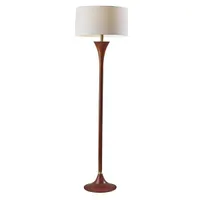What is ambient lighting? The world's best lighting designers explain, and advise on how to make yours better
Ambient lighting makes up the primary source of lighting in room. Here's everything to know about it

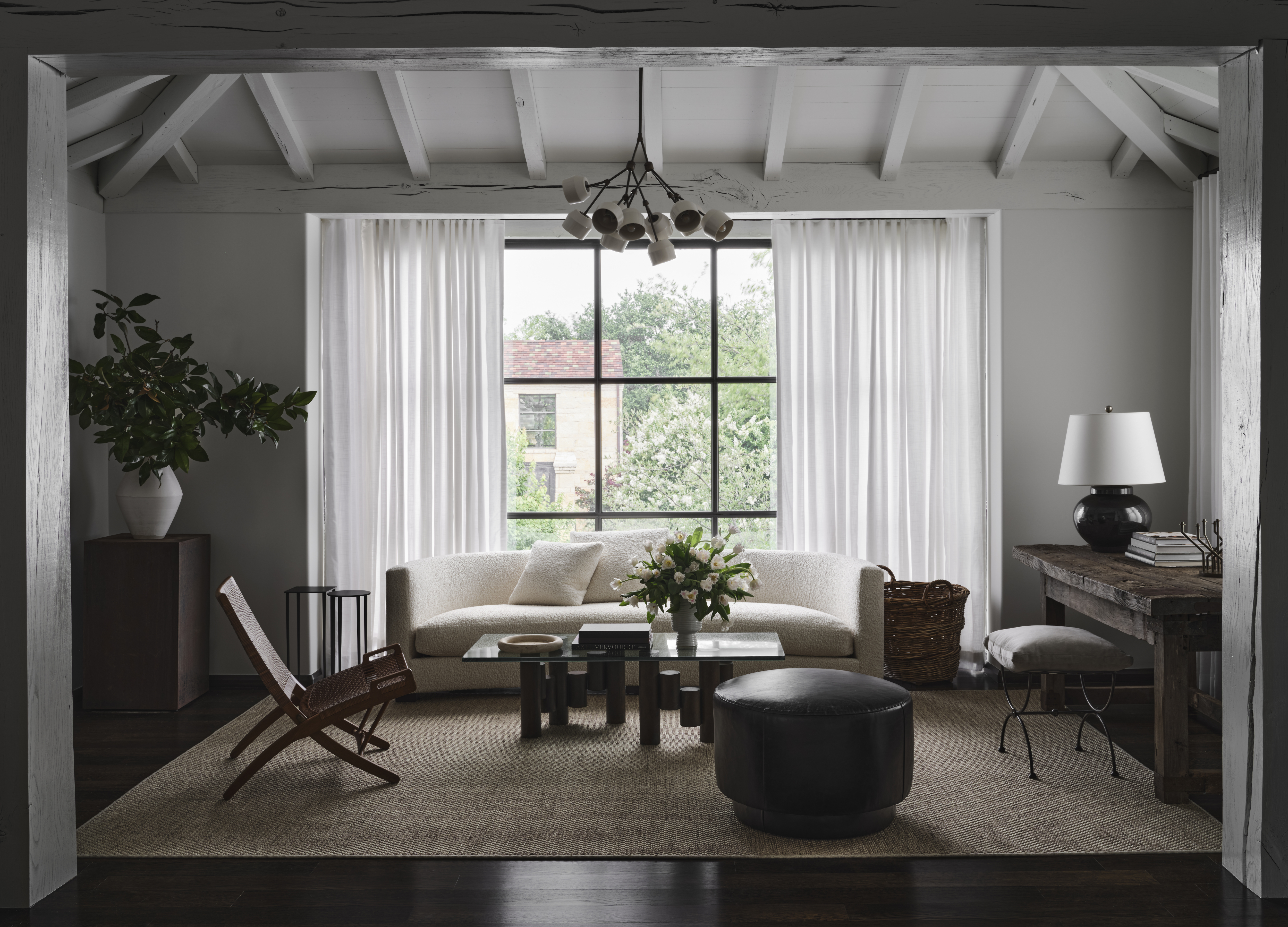
Ambient lighting (sometimes referred to as general lighting) can make or break the look of the home. It's one of the three types of lighting we use to illuminate our homes and, arguably, it's the most important for how we experience our homes on a day to day basis.
That's why, to ensure your home is well-lit, it's helpful to understand how lighting works and what exactly ambient lighting means.
Take a look at our expert insights and find out how to properly illuminate any space in the home, whether it's for kitchen, bedroom, or living room lighting.
What is ambient lighting?
Ambient lighting is the foundational lighting source in a room. It's lighting that covers the entire room, usually from an indirect source - compared to accent or task lighting which is focused on a specific area. Lots of elements can make up ambient lighting, depending on how they're used. Pendant lights, wall sconces, table lamps and more can all make up a room's ambient lighting.
There are some decisions to be made from the get-go in your lighting scheme. You can choose between cool light vs warm light and different color temperatures to set up ambient lighting. In many cases, it's better to choose warm lighting if you're interested in creating a mood. Every room does well with a specific type of warm or cool lighting, based on its functionality.
'No one wants to be dazed by artificial light; you want to be able to look at your light source,' says lighting designer Albi Serfaty, founder of Aqua Creations. 'Combine a soft light source, a good dimmer, and a low color temperature, such as 2700k, and you get great ambient lighting.'
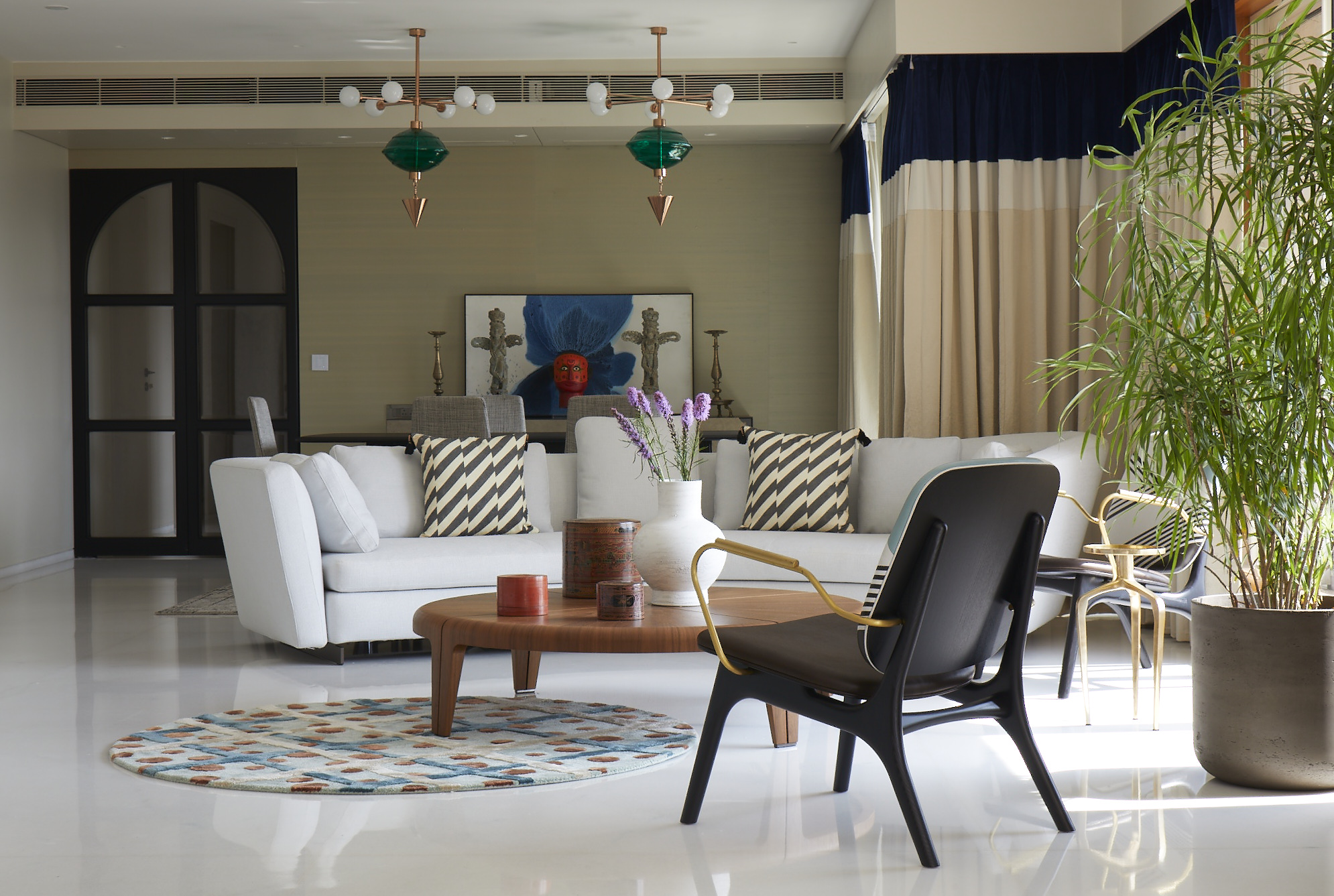
In the daytime, natural light contributes to ambient lighting as well, and when you're dealing with a small, dark room, you'll need to consider how your enhance its daytime ambient lighting with artificial sources.
The Livingetc newsletters are your inside source for what’s shaping interiors now - and what’s next. Discover trend forecasts, smart style ideas, and curated shopping inspiration that brings design to life. Subscribe today and stay ahead of the curve.
Think of ambient lighting as a glow surrounding all spaces. 'Ambient lighting is how you achieve the mood and the desired ambiance in a room,' says architectural lighting designer Piero De Marchis, director at Detail Lighting. 'Different rooms and different times of the day require different ambient lighting. The key elements you need to consider when achieving the ideal ambient lighting are color, temperature, and brightness, as these will all help determine the mood.'
Why is it important?
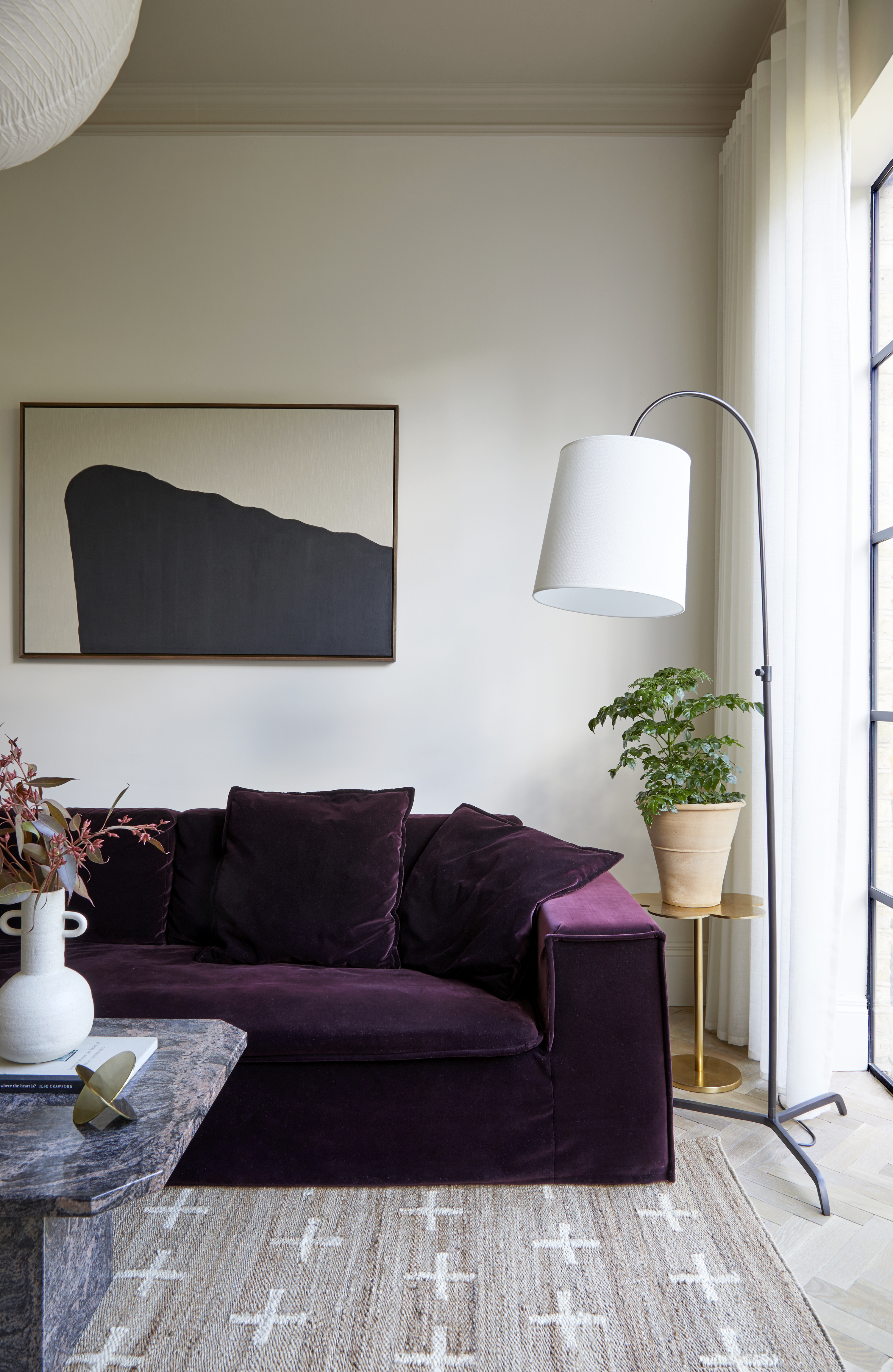
Ambient lighting helps layer the lighting scheme of a room, and hass the ability to make a room feel naturally warmer, cozier, and more welcoming.
With ambient lighting placed in different areas, it allows the eyes to move across the room and take in all its elements; be it the living room wall decor, a bookcase, the window seat, or the coffee table.
'Ambient light is such an important ingredient to create depth and character in a room,' says Mischa Couvrette, founder and designer of lighting design studio Hollis+Morris. 'The intention is not to flood the room with harsh light but gently fill the space with a warm glow. Decorative lighting often serves this purpose by highlighting certain vignettes or illuminating a path to your next activity.'
Another interesting aspect of ambient lighting is how it changes the color and vibe of a room. A warm, yellow light lamp, for instance, kept next to a paintedwall will look completely different in the day as compared to in the evening.
Even the shadows created by ambient lighting help set the mood.
Marcella arc floor lamp, $199, Urban Outfitters
This rattan, wood and fabric floor lamp has a subtle form and a clean, simple aesthetic, ideal for layering lighting in any room in the home.
Where should ambient lighting be used?
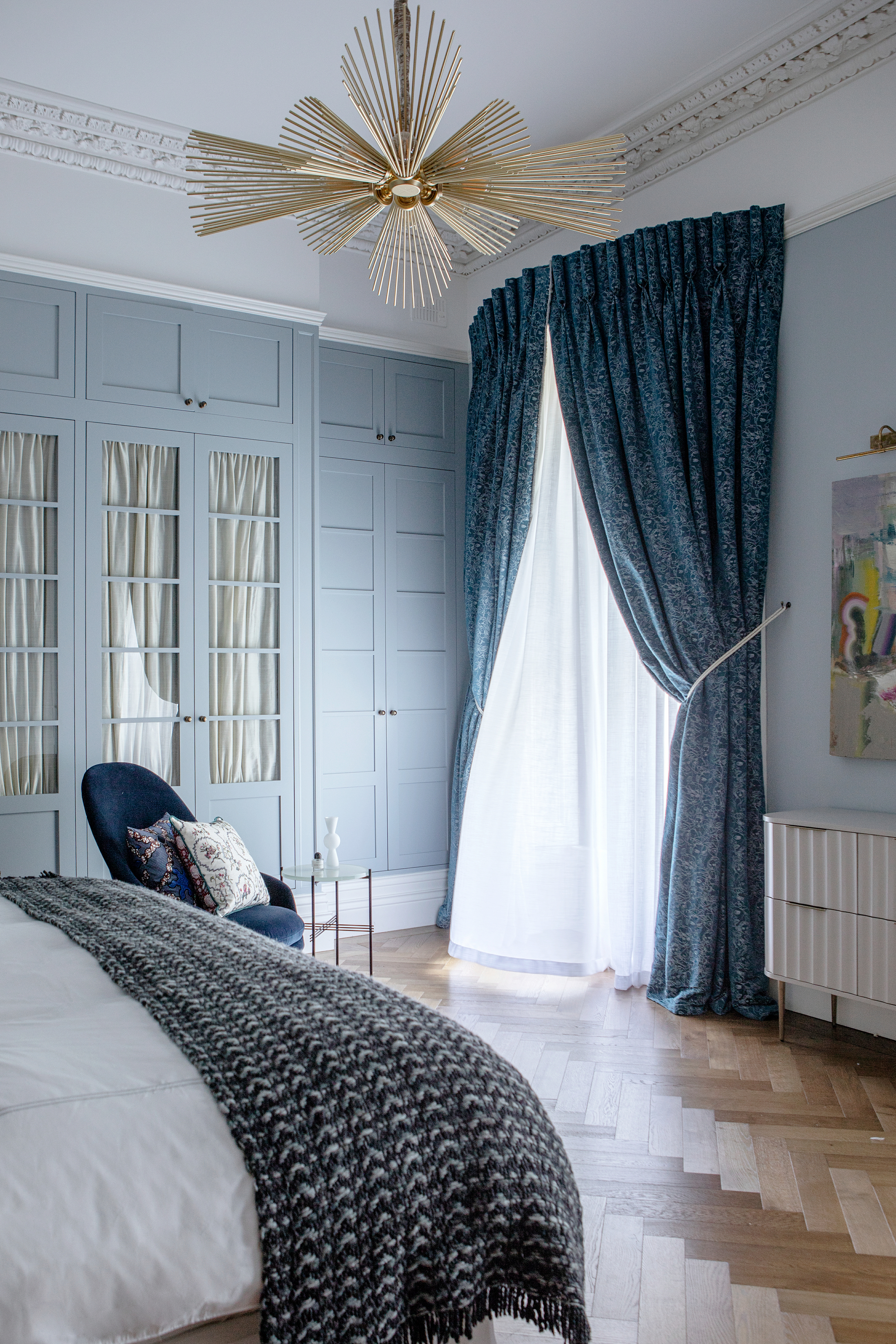
'The three key areas in the home where ambient lighting should be considered are the bedroom, bathroom, and an open plan kitchen/living area,' says Piero. 'In a modern bedroom lighting scheme, you should always opt for dimmable lighting, so that you can create a cozy and comfortable atmosphere before bed.'
'Bathrooms are multifunctional spaces and as such require multiple lighting sources, so make sure you allow for both practical lighting for getting ready and more ambient lighting for relaxing moments,' says Piero. 'This can be done through LED strip lighting alongside mirrors and under cabinets, as well as cleverly positioned floor lights.'
'When it comes to open plan kitchen-diner spaces, if the dining table is to be a ‘focal point’ in your space then the ambient lighting in the room will determine how bright the table should be,' says Piero. 'Ideally a contrast of 2:1 should be fine.'
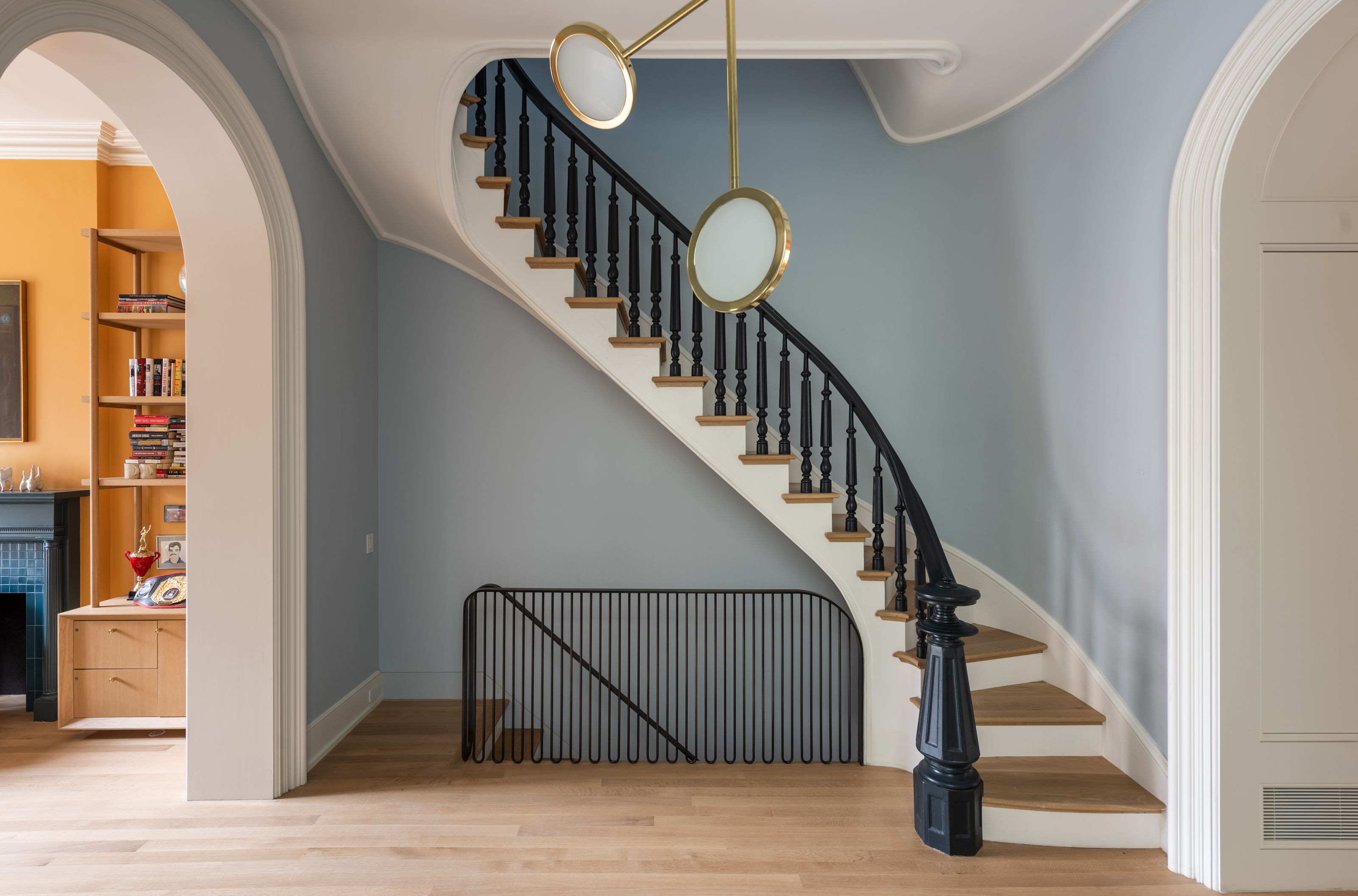
You should use ambient lighting in a space where the lighting can be well distributed and balanced. You can always complement ambient lighting with a task or accent in case you want to draw focus to a spot or an element.
Also, dimmable lighting is important to ambient lighting. Consider dimmable LEDs that can be kept bright when needed, but lowered at night to create a more comfortable, snug atmosphere.
What are the different types of ambient lighting?

The main sources of ambient lighting are chandeliers, pendants, recessed lighting, and track and ceiling bulbs. All these fixtures together or even individually help cast an overall glow to a space or an area.
1. Chandeliers and pendants
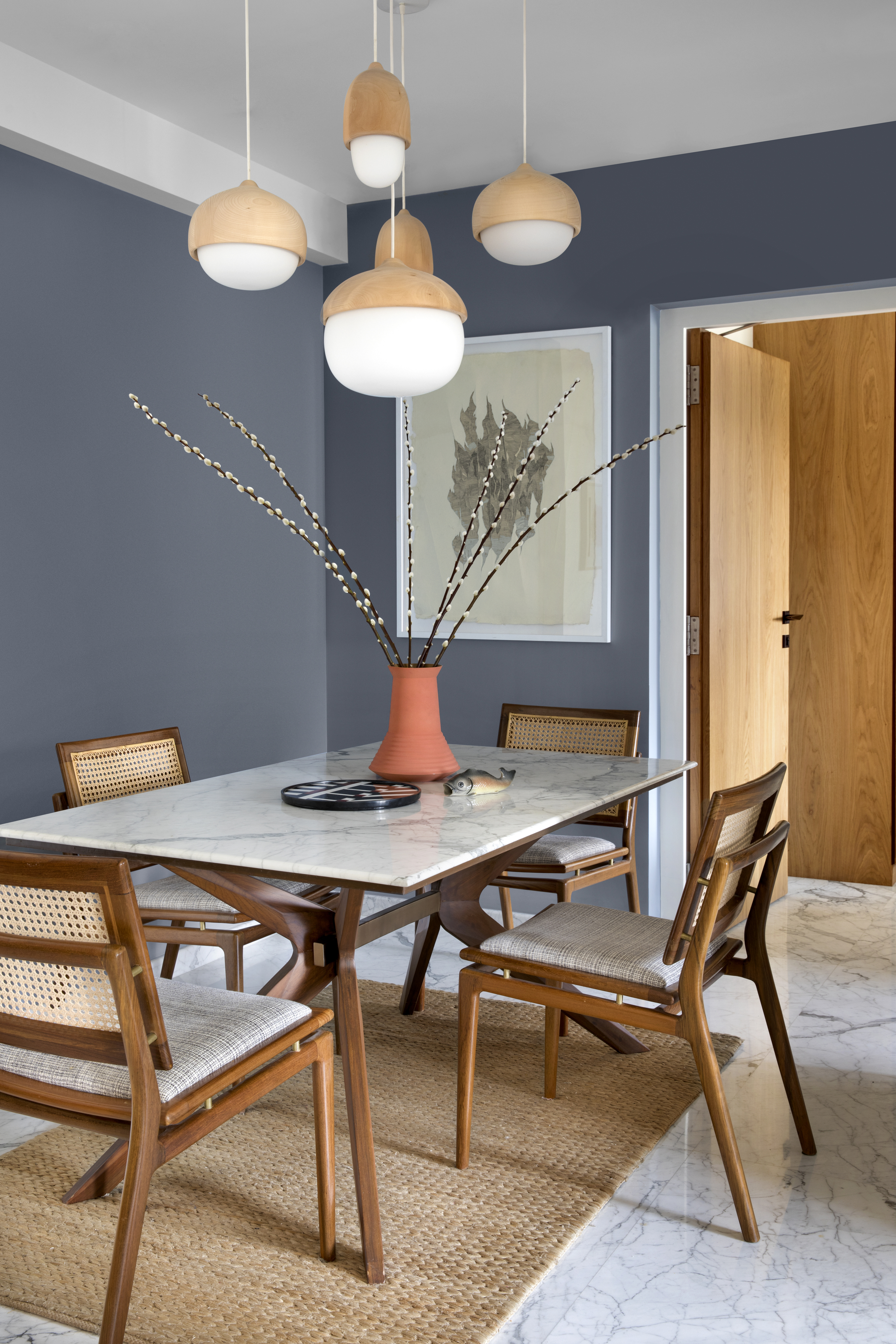
Be it a living room, bedroom, or bathroom chandelier or pendants, these ceiling-hung sources are not just decorative but usually come fixed with multiple bulbs in warm lighting that cast a serene glow. While this light may not reach throughout the space, it can light up a considerable section of the room.
2. Recessed lighting
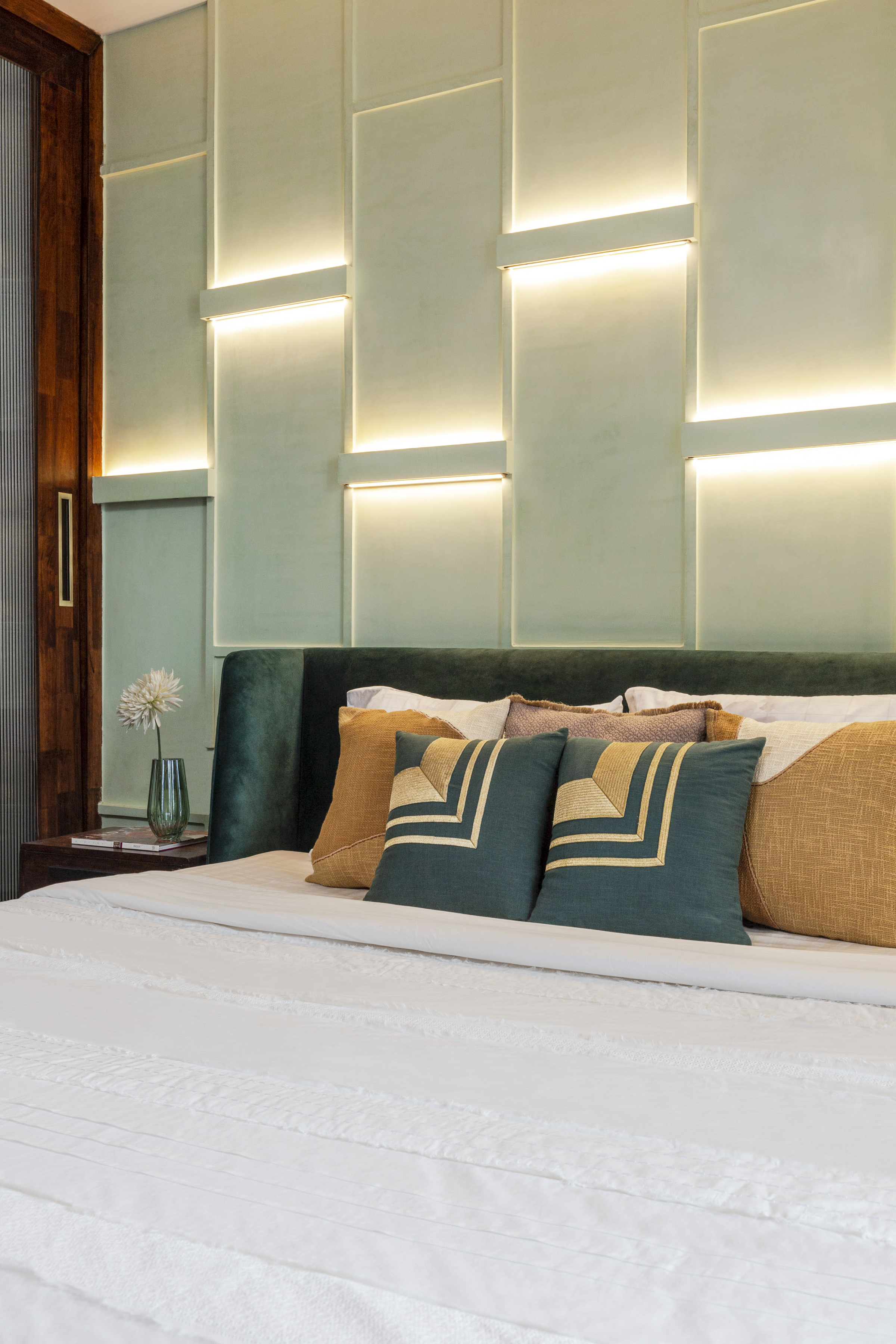
This type of LED lighting is fixed inside the ceiling, walls, or paneling and are a more subtle form of illumination. These can be used to supplement ambient room lighting like chandeliers or flush-mount fixtures.
'The recessed lighting module in this bedroom is achieved by nesting dimmable LED smart lights inside a T-section molding that is finished in the same texture as the rest of the wall, with the drivers hidden behind the bed,' says Anuj Kapoor, founder of Logic Architecture + Research.
'Although invisible during the day, these lights highlight the texture of the color-infused lime plaster wall at night, adding to the comfortable and elegant atmosphere of the room,' says Anuj. 'These lights can be operated with/without a physical switch, can be set to turn on/off as per a schedule, and are dimmable - serving as reading lights and night lights for the residents.'
3. Flush-mounted ceiling lights
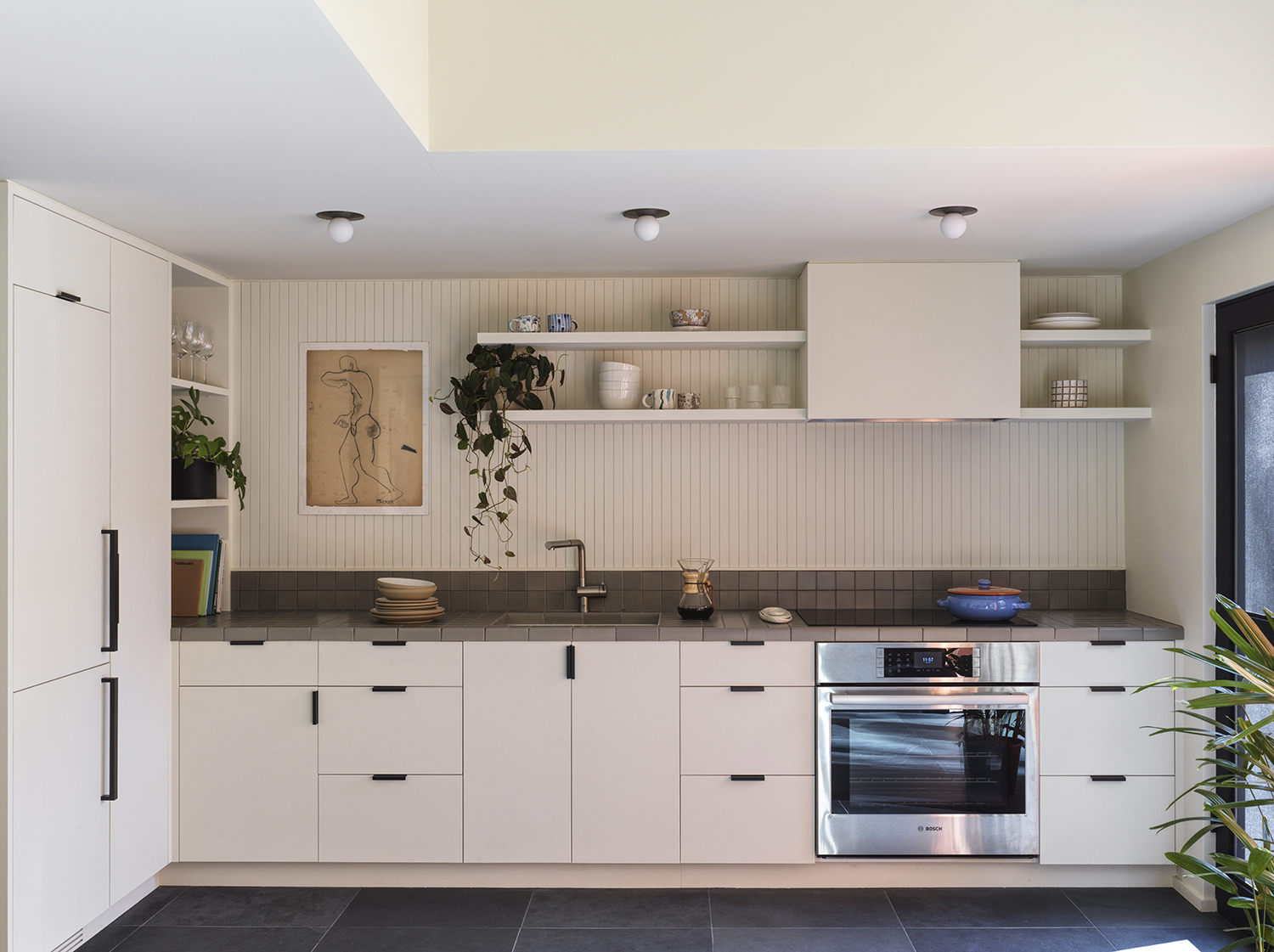
This light sits directly against the ceiling, shines light downward, and is usually best for rooms that have shorter ceilings. Since its glow does not cast a wide net, it should be supplemented with other sources.
These types of lights are great for hardworking areas that require plenty of lighting sources and layering, like kitchen lighting ideas.
4. Track lighting
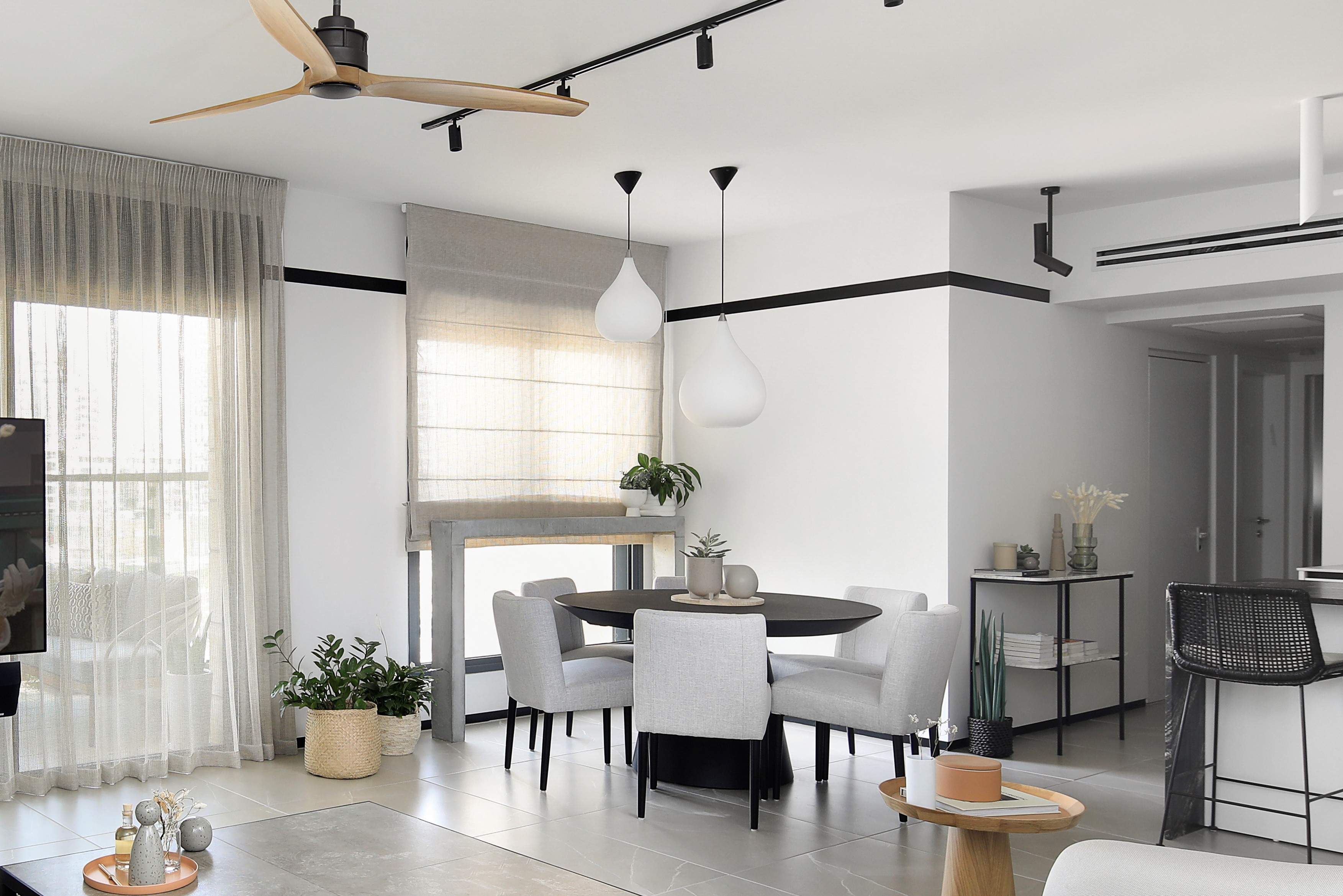
This is a long strip of lighting installed along the ceiling, that spreads a continuous glow in a space. These are especially helpful for those who don’t want to wire individual lights; rather, wire one location and electricity is distributed through the entire track.
These types of lighting are especially useful for open plan or long, narrow rooms such as a narrow living room, or a basement.
5. Lamps
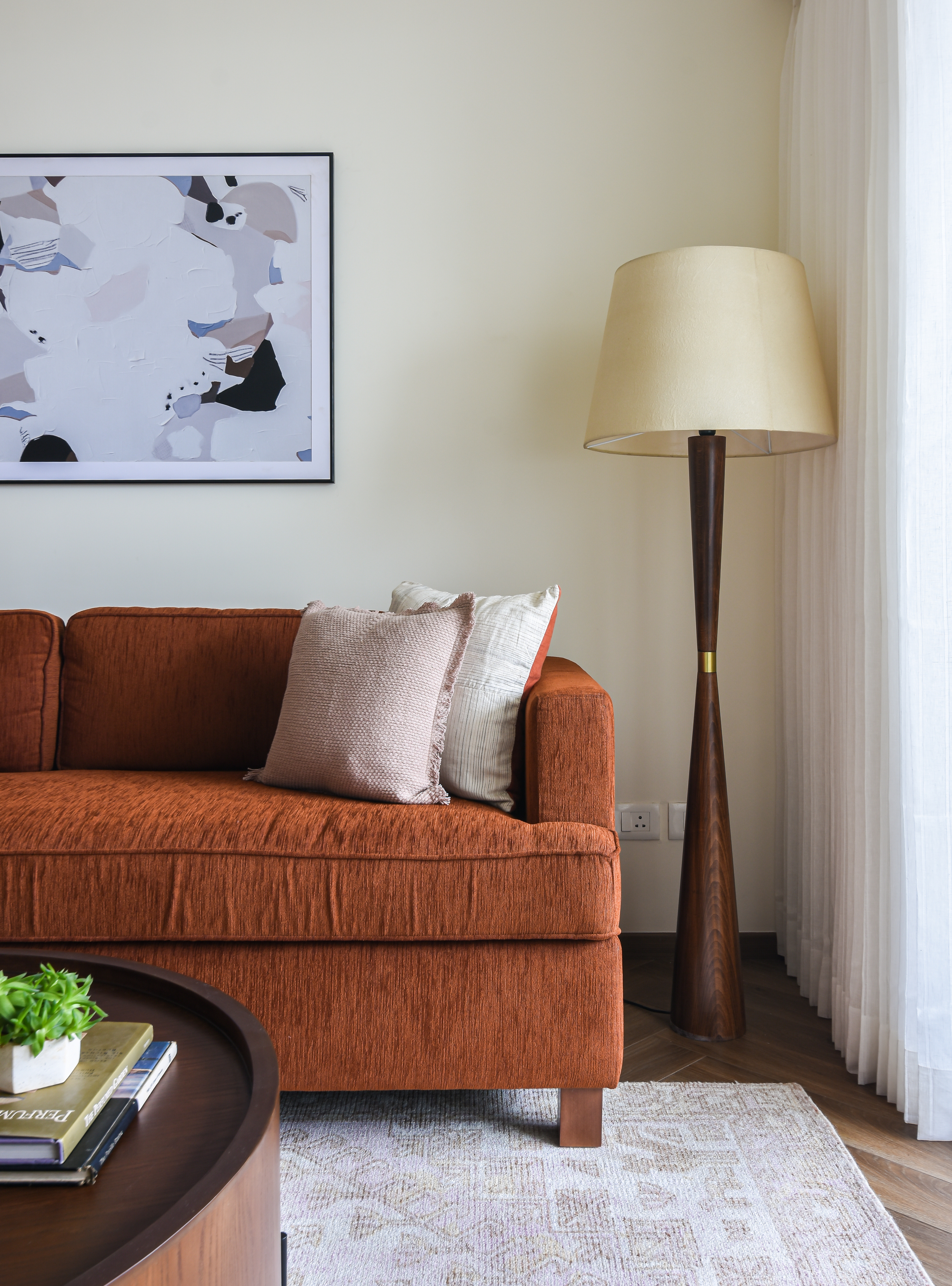
These are the most flexible ambient lighting sources as these can be moved around at will, to dispel the darkness in corners or to layer the lighting scheme of a room. Clear or cloth shades provide more ambient light than solid shades that focus the light in a certain direction.
Due to their shape and function, lamps can help in designing a cozy living room, bedroom, or kitchen.
Rebecca Floor Lamp from Lumens
This lamp's refined rusticity, highlighted by rubberwood and anchored by a sleek and broad-reaching dish base is ideal for a living room or a bedroom aesthetic. The lampshade ensures there is no glare, and is an ideal, warm ambient light.

Aditi Sharma Maheshwari started her career at The Address (The Times of India), a tabloid on interiors and art. She wrote profiles of Indian artists, designers, and architects, and covered inspiring houses and commercial properties. After four years, she moved to ELLE DECOR as a senior features writer, where she contributed to the magazine and website, and also worked alongside the events team on India Design ID — the brand’s 10-day, annual design show. She wrote across topics: from designer interviews, and house tours, to new product launches, shopping pages, and reviews. After three years, she was hired as the senior editor at Houzz. The website content focused on practical advice on decorating the home and making design feel more approachable. She created fresh series on budget buys, design hacks, and DIYs, all backed with expert advice. Equipped with sizable knowledge of the industry and with a good network, she moved to Architectural Digest (Conde Nast) as the digital editor. The publication's focus was on high-end design, and her content highlighted A-listers, starchitects, and high-concept products, all customized for an audience that loves and invests in luxury. After a two-year stint, she moved to the UK and was hired at Livingetc as a design editor. She now freelances for a variety of interiors publications.
